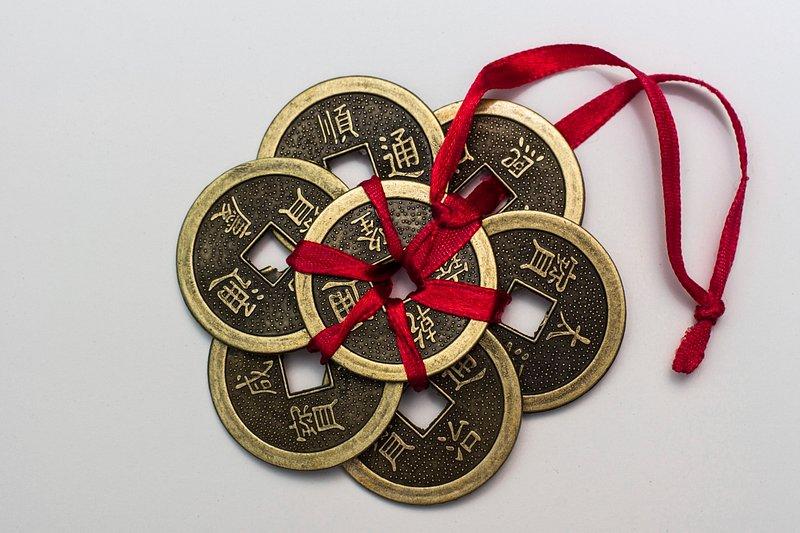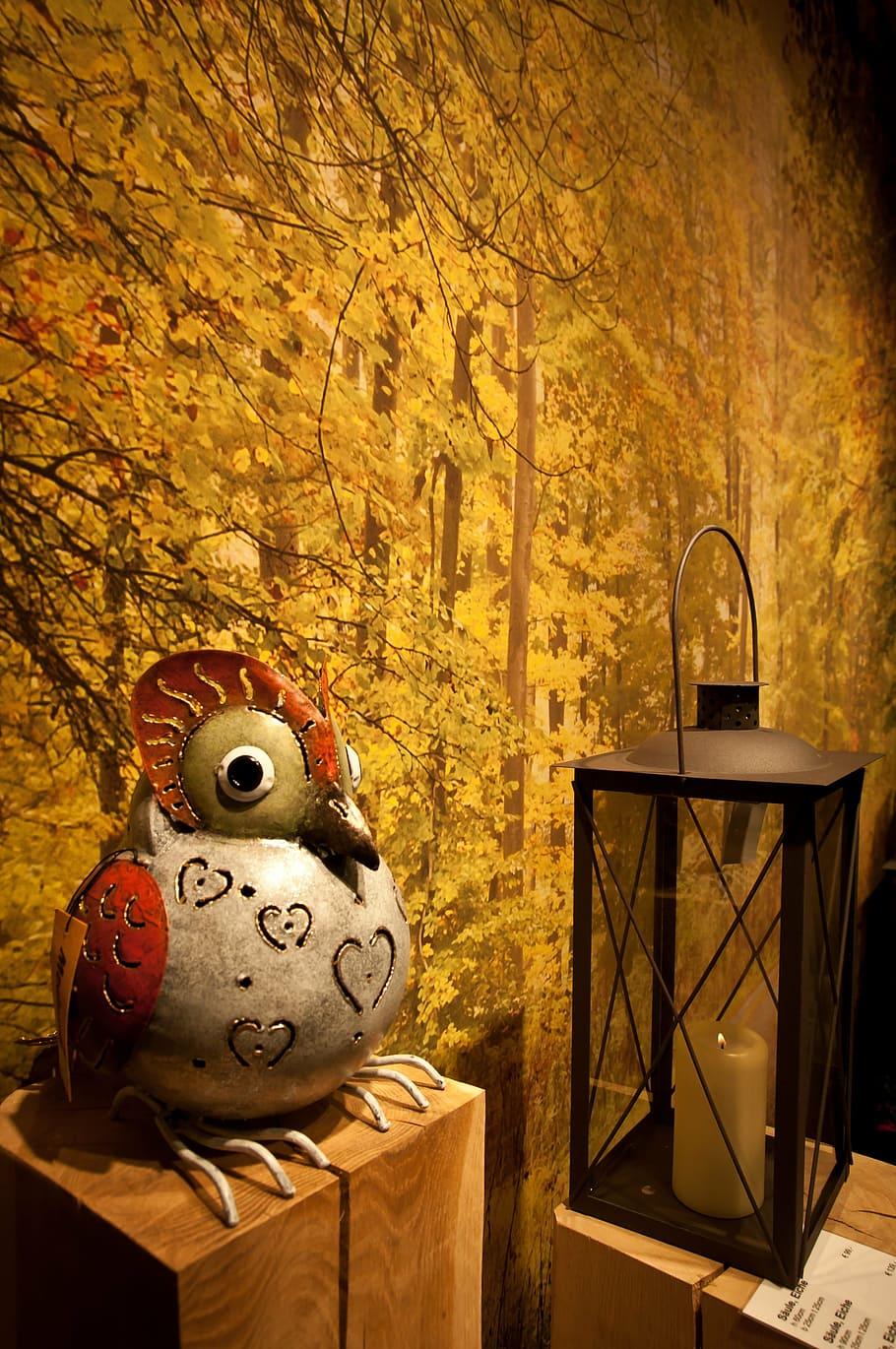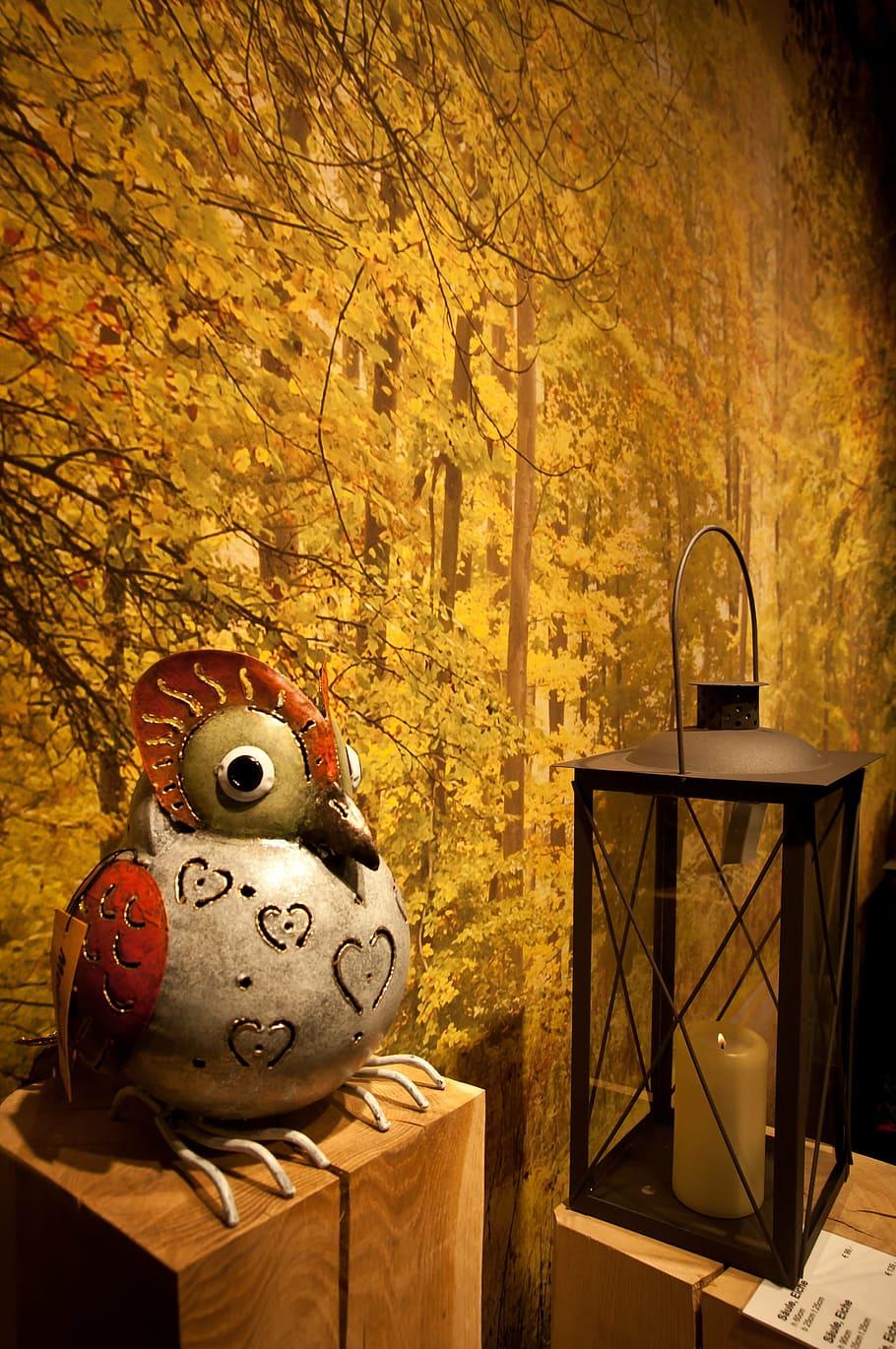
Are there any specific colors or materials that should be avoided when implementing feng shui principles in a ceiling design?
Introduction:
In the practice of Feng Shui, every element of a space is believed to influence the energy flow and harmony within it. While we often focus on the layout, furniture placement, and decor, one important aspect that is often overlooked is the ceiling. The ceiling can have a significant impact on the overall energy of a room, so it’s essential to consider its Feng Shui aspects when designing or renovating a space. In this article, we will explore 11 good and bad things to consider when it comes to Feng Shui ceiling, helping you create a balanced and harmonious environment.
- Height and Shape:
The height and shape of the ceiling play a crucial role in Feng Shui. A high and vaulted ceiling is considered auspicious as it allows for a free flow of energy. It creates a sense of spaciousness and openness, promoting positive chi. On the other hand, low or slanted ceilings can create a feeling of constraint and restrict energy flow. If you have a low ceiling, consider using mirror panels or light-colored paint to create an illusion of height. - Ceiling Material:
The material you choose for your ceiling is also important in Feng Shui. Wood is a favorable material as it represents growth, harmony, and stability. It helps to create a warm and inviting atmosphere. Metal ceilings, on the other hand, can create a sense of detachment and coldness. Choose materials that resonate with the energy you want to cultivate in the room. - Color:
Color is a powerful Feng Shui tool, and the same applies to the ceiling. Light and neutral colors such as white, cream, and pastels are ideal for ceilings as they create an expansive and open feeling. Avoid dark or harsh colors, as they can make the space feel oppressive and heavy. Consider using color psychology principles to choose a ceiling color that supports the desired energy in the room. - Beams and Shafts:
Exposed beams or shafts on the ceiling can create a unique architectural feature, but they can also affect the energy flow in a room. In Feng Shui, beams are considered heavy and can create a heaviness in the space as well. If you have exposed beams, make sure they are not directly above important areas like the bed or dining table, as they can create oppressive energy. Soften their impact by painting them the same color as the ceiling. - Lighting Fixtures:
Lighting fixtures are not only functional but can also have a significant impact on the Feng Shui of a room. Avoid ceiling lights that are too bright, as they can create harsh energy. Instead, opt for soft and diffused lighting to create a gentle and inviting atmosphere. Consider using dimmers to adjust the lighting intensity according to the desired mood. - Ceiling Fans:
Ceiling fans are a popular addition to many homes, but they can disrupt the energy flow if not properly placed. Avoid installing ceiling fans directly above the bed or dining table, as they can create a sense of pressure and discomfort. Ideally, ceiling fans should be placed in areas where they can circulate air without creating a disruptive energy flow. - Skylights and Windows:
Natural light is essential in Feng Shui, and skylights or windows in the ceiling can bring in beneficial energy. They allow for an abundance of natural light, improving the overall energy flow in the room. However, be mindful of their placement. Avoid positioning skylights or windows directly above the bed or desk, as they can create a sense of unease and restlessness. - Acoustic Ceiling Panels:
In rooms where noise reduction is essential, acoustic ceiling panels can be installed. These panels absorb sound and minimize echoes, creating a more peaceful and serene environment. Choose panels that blend harmoniously with the overall decor and color scheme, ensuring they do not create a visual distraction. - Ceiling Decor:
When it comes to decorating the ceiling, less is often more. Keep the ceiling decor minimal and avoid clutter. Hanging objects or heavy decorations can create downward pressure and disrupt the energy flow. If you do choose to decorate the ceiling, opt for light and delicate objects that enhance the overall aesthetics without overwhelming the space. - Mirrors on the Ceiling:
Mirrors are a powerful Feng Shui tool, but using them on the ceiling requires careful consideration. Mirrors on the ceiling can disrupt the natural flow of energy and create a sense of instability. However, if strategically placed, they can be used to reflect beneficial energy or create a sense of depth and expansiveness. Consult a Feng Shui expert before using mirrors on the ceiling. - Cleanliness and Maintenance:
Lastly, keep your ceiling clean and well-maintained. Dust, cobwebs, and stains can accumulate on the ceiling over time, affecting the energy flow in the room. Regularly clean your ceiling and address any issues promptly. A well-maintained ceiling promotes positive chi and uplifts the overall energy in the space.Conclusion:
Incorporating Feng Shui principles into the design and arrangement of your ceiling can significantly impact the energy flow and overall harmony of a room. Consider the height, shape, material, color, lighting fixtures, and decor when designing or renovating your ceiling. Ensure that it promotes a sense of openness, spaciousness, and tranquility. By paying attention to the Feng Shui of your ceiling, you can create a balanced and harmonious environment that supports your well-being and success.

![How To Use Green Tourmaline Healing Properties [15 Ways]](https://gocphongthuy.net/wp-content/uploads/2023/12/95000-how-to-use-green-tourmaline-healing-properties-15-ways.jpg)

![How To Use Feng Shui Rugs In Every Room: [17+ Carpet Rules]](https://gocphongthuy.net/wp-content/uploads/2023/12/95006-how-to-use-feng-shui-rugs-in-every-room-17-carpet-rules.jpg)


